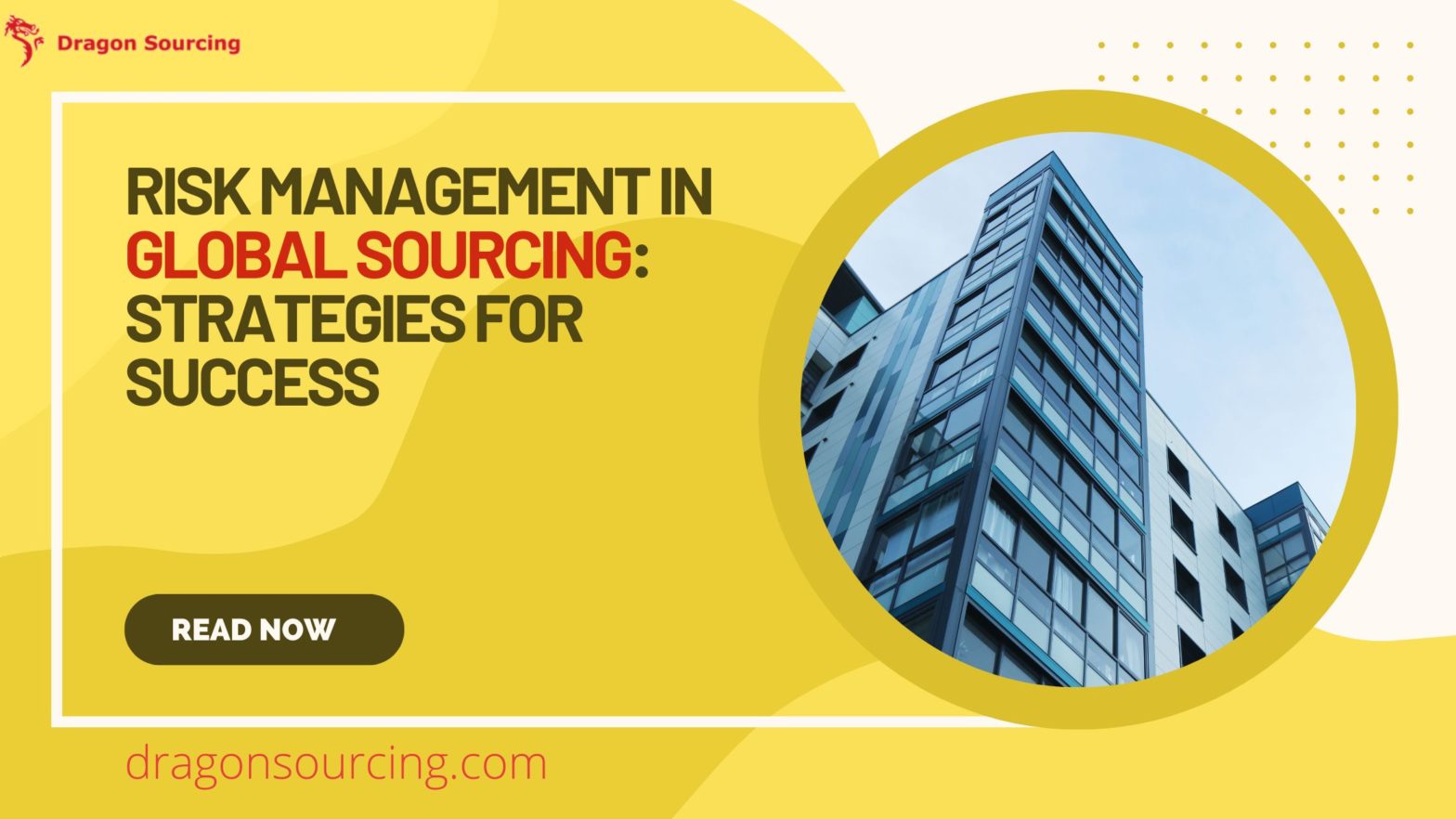
As the world continues to spin into an increasingly interconnected global marketplace, many businesses are turning their sights beyond borders for new sourcing opportunities. Welcome to the high-stakes game of global sourcing, where rewards may be substantial, but so too are the risks.
This article will guide you through this complex labyrinth, laying out effective risk management strategies that can spell success for your business’s global sourcing endeavors. So buckle up and prepare for an enlightening journey on mitigating risks in global sourcing.
What is global sourcing?
Global sourcing involves strategically obtaining products, services, or resources from various countries to leverage cost efficiencies, explore new markets, and access diverse expertise. Businesses can access a vast network of suppliers and manufacturers worldwide by engaging in this approach, empowering them to discover top-notch quality offerings at highly competitive prices.
Why risk management is essential in global sourcing
Global sourcing exposes businesses to risks such as political instability, currency fluctuations, and supply chain disruptions. Comprehensive risk management allows enterprises to proactively identify potential threats and implement contingency plans to mitigate their impact.
Types of Risks in Global Sourcing
Global sourcing faces multiple risks, some of which include the following:
A. Supplier-related Risk
Global sourcing may encounter supplier-related risks, such as supply chain disruptions from natural calamities, political instability, or unexpected occurrences. These interruptions can potentially cause production and delivery delays, directly impacting the business’s financial performance.
B. Market Risks
Market risks can significantly impact global sourcing. For instance, geopolitical instability in crucial sourcing regions can disrupt supply chains and lead to delays or increased costs.
C. Political and Legal Risks
Political and legal risks play a significant role in influencing global sourcing strategies for businesses. For instance, changes in government policies, trade regulations, and tariffs can directly impact the cost and availability of imported goods.
Strategies for Mitigating Risks in Global Sourcing
To mitigate the risks to global sourcing, you can follow these strategies:
A. Diversification of Suppliers
Strategically diversifying suppliers is a risk mitigation tactic for companies engaged in global sourcing. Instead of depending solely on one supplier, businesses opt to distribute their sourcing across various regions or countries. This proactive step lowers their exposure to supply chain disruptions from geopolitical conflicts, natural disasters, or labor issues.
B. Contract Management
When you implement comprehensive contracts that clearly outline roles, responsibilities, and expectations, you can minimize the risks of miscommunication and delivery delays often experienced when dealing with global suppliers.
C. Risk Monitoring and Management Tools
Organizations must adopt robust risk monitoring and management solutions as global sourcing becomes more prevalent in the business landscape. Among these, supply chain mapping offers a comprehensive visual representation of the supply chain. This visualization empowers companies to pinpoint vulnerabilities and craft effective strategies for mitigation.
Another pivotal tool in risk management is supplier performance monitoring software, facilitating real-time tracking of global supplier performance. This capability enables swift detection of deviations from set standards or contractual obligations, minimizing potential disruptions to their operations.
Conclusion
The success of global sourcing heavily relies on effective risk management strategies. Businesses must continuously assess potential risks, devise mitigation plans, and establish fallback options to navigate the ever-changing global market.
Technology can aid in mapping out these complexities, but it ultimately boils down to the dedication and foresight of decision-makers. Understanding that risk is an inevitable part of globalization will bring organizations one step closer to sourcing success.
Frequently Asked Questions
1. What is global sourcing?
Global sourcing is the strategic practice of obtaining products, services, or resources from suppliers in multiple countries. This approach aims to optimize cost efficiencies, tap into diverse expertise, and access new markets.
2. Why is risk management essential in global sourcing?
Global sourcing exposes businesses to various risks—such as political instability, currency fluctuations, and supply chain disruptions. Effective risk management helps identify and proactively mitigate these threats, safeguarding business continuity and financial performance.
3. What are the main types of risks in global sourcing?
Supplier-related risks: disruptions from natural calamities, political unrest, or supplier insolvency.
Market risks: geopolitical instability affecting cost and delivery timelines.
Political & legal risks: shifting trade regulations, tariffs, and compliance issues
4. How can supplier diversification help mitigate risks?
By sourcing from multiple suppliers across different regions, companies reduce dependence on any single source—thereby minimizing vulnerabilities to regional disruptions like natural disasters or geopolitical conflicts.
5. What role does contract management play in risk mitigation?
Robust contracts clarify responsibilities, performance standards, timelines, and penalties. They serve as legal safeguards against miscommunication, missed deadlines, or compliance failures
6. Which tools support ongoing risk monitoring?
Supply chain mapping visualizes the entire supplier network to uncover weaknesses.
Supplier performance monitoring systems provide real‑time tracking and flag deviations from agreed standards.
7. How does technology support risk management?
Digital tools enhance visibility and responsiveness—helping firms visualize supply chains, track supplier metrics, detect anomalies swiftly, and embed contingency triggers to minimize disruptions.
8. What are effective strategies for global sourcing success?
A combination of continuous risk assessment, robust mitigation plans, fallback options, supply-base diversification, strong contracts, and leveraging technology for visibility is key to sustained success.
9. How often should risk management plans be reviewed?
Risk plans are not “set and forget.” They require ongoing updates to reflect changes in geopolitics, supplier health, market trends, and regulatory environments. Continuous monitoring is crucial .
10. What is meant by contingency planning in global sourcing?
Contingency planning involves pre‑defined backup actions—such as alternative suppliers, stock buffers, and flexible logistics—to be deployed when primary supply chains are disrupted .
11. What are global sourcing services?
Global sourcing services are professional offerings that help companies manage international procurement—covering supplier identification, qualification, negotiation, risk management, logistics, compliance, and performance tracking. Providers like Dragon Sourcing set up end-to-end processes and digital tools, allowing businesses to access a diverse supplier base with transparency, efficiency, and reduced risk.



